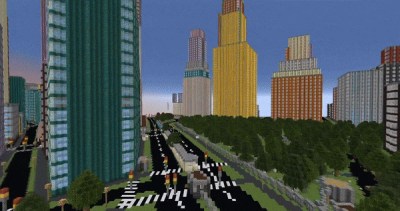We all know that “Can it run DOOM?” is the first question of a hardware hacker. The 1993 first person shooter from id Software defined an entire genre of games, and has since been made open source, appearing on almost everything. Everything, that is, except a Captcha, those annoying “Are you a human” tests where we’re all expected to do a search giant’s image classification for them. So here’s [Guillermo Rauch] with a DOOM captcha, in which you must gun down three bad guys to proceed.
As a way to prove you’re a human we can’t imagine a more fitting test than indiscriminate slaughter, and it’s interesting to read a little about what goes on behind the scenes. It’s a WebAssembly application as you might have guessed, and while it’s difficult to shake that idea from the early ’90s that you needed a powerful computer to run the game, in reality it shows just how powerful WebAssembly is, as well as how far we’ve come in three decades.
We’d prefer a few different entry points instead of always playing the same level, and we were always more handy with the mouse than the keyboard back in the day, but it’s certainly a bit of fun. It’s worth noting that simply playing the game isn’t enough to verify your humanity — if you’re killed in the game before vanquishing the required three foes, you’ll have to start over. As the game is running at “Nightmare” difficulty, proving your worth might be a tad harder than you’d expect…
Need more DOOM? How about seeing it on hardware nobody would have believed in 1993?


















